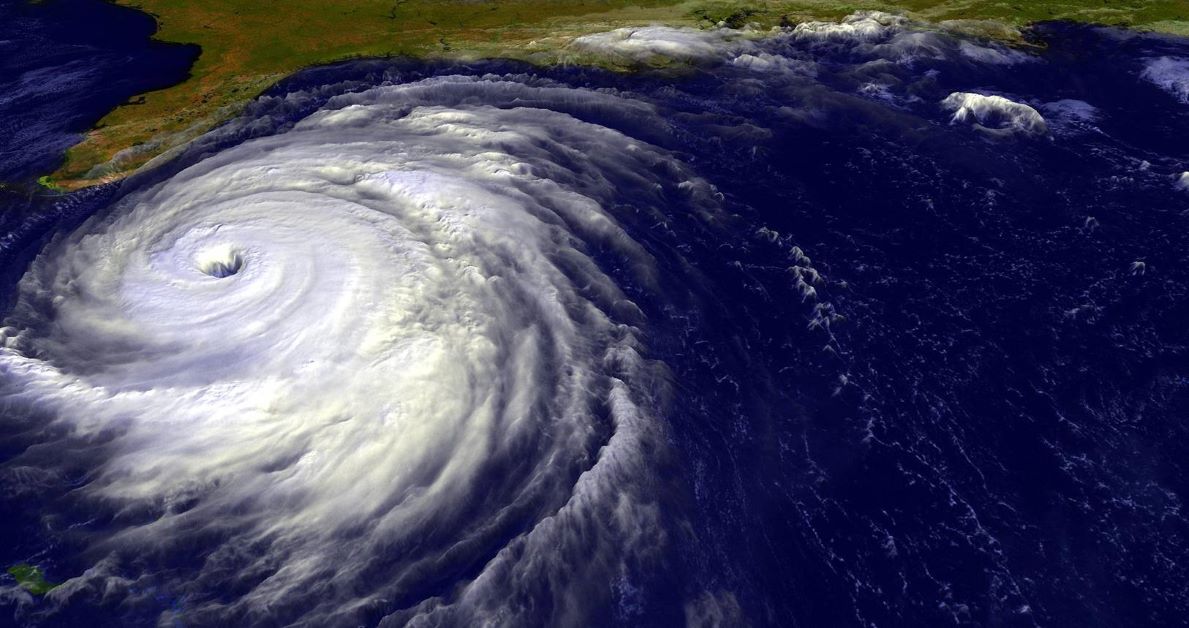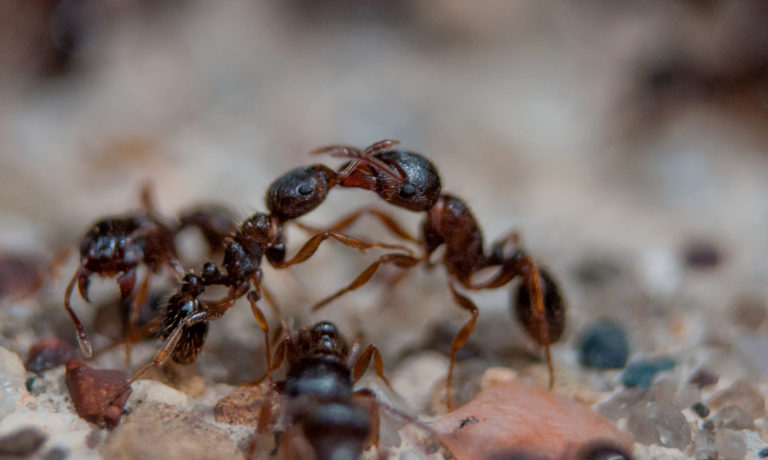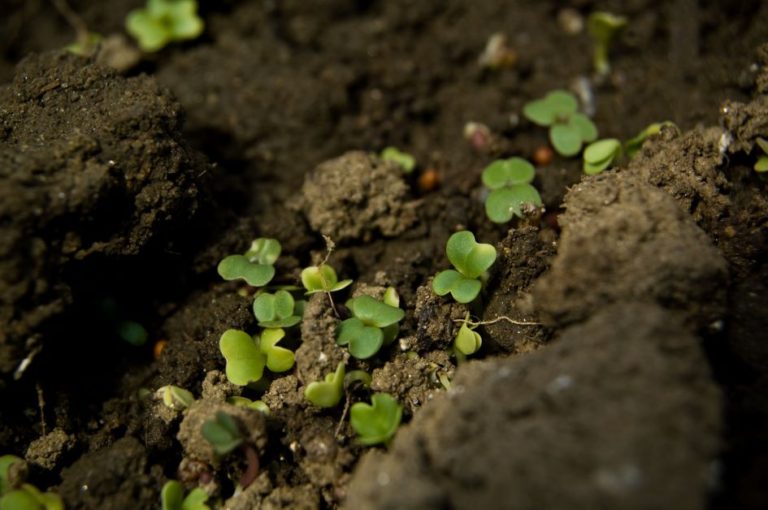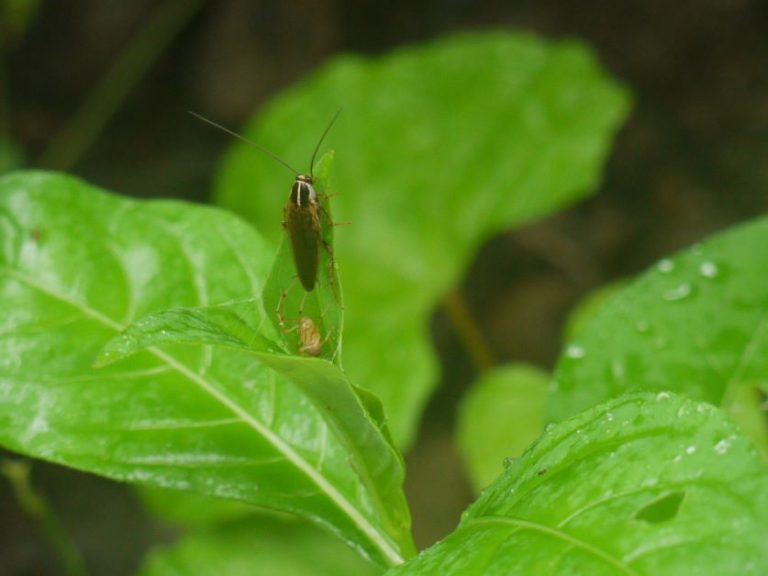How to Protect a Garden from Hurricanes
Hurricanes are one of the most awe-inspiring and destructive natural events on Earth. With winds ranging from 74 to 95, even a category 1 hurricane is likely to cause extensive damage (or total destruction) to your garden.
When it comes to hurricanes and severe storms, your first priority needs to be the safety of yourself and your family, your friends, and your pets. If you live in a hurricane-prone area (like me), always have a hurricane preparedness plan in place. Only after you’ve secured the safety of yourself and loved ones should you move on to protecting your garden.
While there’s no guarantee that your garden will survive the oncoming storm, follow these 13 tips on how to protect a garden from hurricanes.
1. Harvest
Before the storm hits, harvest as much as you can from your garden. Not only could this be your last chance, but the weight of the fruits and vegetables will put extra strain on your plants as they whip in the wind.
Some fruits and vegetables (like tomatoes and melons) are prone to splitting in heavy rain, and heavy rain is guaranteed in a hurricane. You might as well harvest what you can and try to enjoy it, even if they aren’t perfectly ripe (fried green tomatoes, anyone?).
2. Deal With Your Containers
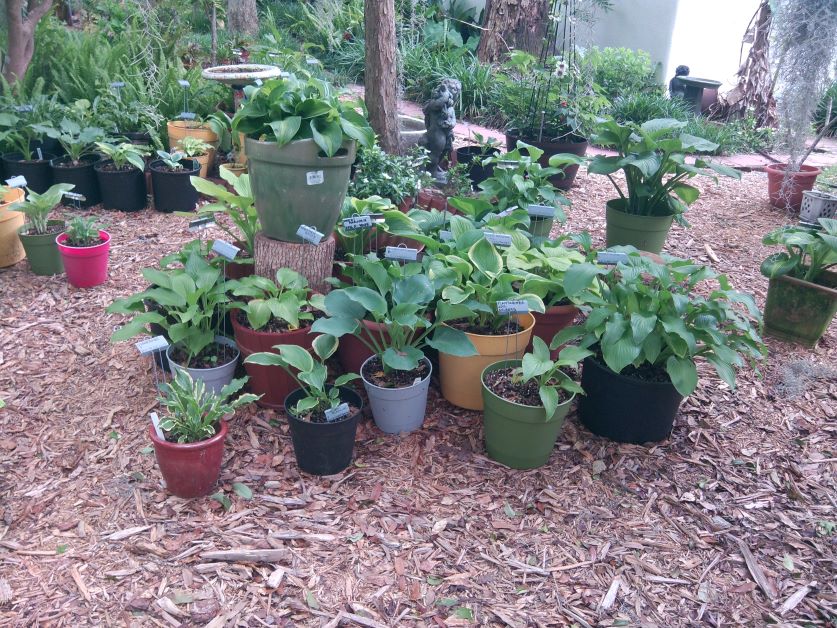
Protecting your raised garden beds from storms is easy, it’s dealing with your containers that’s hard. All plant containers need to be brought indoors or lined up against your house or other structure for shelter. Wherever you put your containers, remember that hurricane winds usually blow from east to west.
In my experience, moving plant containers to shelter is the most backbreaking, time-consuming part of protecting plants from a hurricane. Having an adjustable plant caddy on hand will make this job a lot easier (and will save your back, too).
If you’re storing your containers in your garage, keep the garage door open as long as you can. Humidity before a hurricane can surpass 90% and the longer you’re able to give your plants fresh air, the better they’ll do against fungal disease. If you’re storing your containers in your home, make sure to put down a tarp to protect your flooring from drainage and soil.
3. General Clean-Up
Make sure your garden tools are put away and all yard debris is removed. Bring in patio furniture, garbage bins, bird feeders, hanging baskets, and garden décor because they will more than likely go flying…and an airborne patio umbrella can be deadly.
4. Utilize Your Space
Speaking of airborne patio umbrellas, utilize your space and throw your patio furniture in your pool. Use common sense though — If you have wicker furniture, this probably isn’t a great idea. If it’s plastic or metal, game on.
If you’re running out of space for your containers, put them in the bed of your truck (and if you can, keep your truck in the garage or carport).
5. Remove Trellises and Cages
If you’re growing climbing-type beans, carefully untangle them from their trellis. lay the vines down on the ground, and put the trellis in your shed. The same goes for tomato cages. Keeping your plants as low to the ground as possible will help protect them from the wind.
6. Tie Things Down
The best (and safest) course of action is to remove all possible projectiles from your area. If you can’t bring yourself to rip up your tomato cages (and maybe your plants in the process), then be sure to tie your cages down by using a strong rope. Tie the cages to garden beds, to a fence, or some other permanent structure.
Depending on the strength of the impending hurricane, you really should just bite the bullet and take down your tomato cages, though.
7. Pruning and Trimming
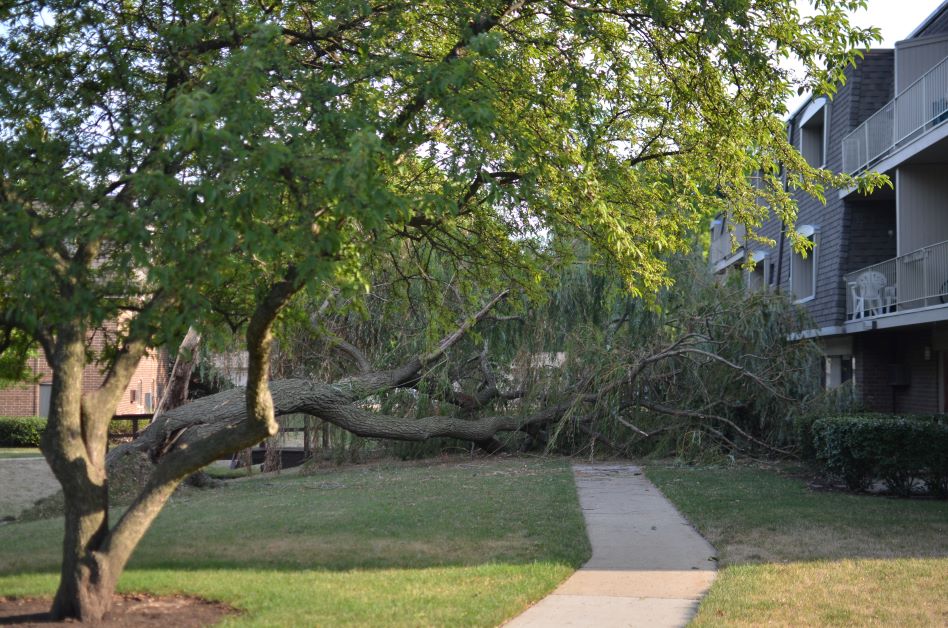
One of the most important safety precautions you need to take regarding outdoor hurricane prep is to keep your trees properly trimmed. You need to do tree maintenance before hurricane season, not right before a hurricane hits. A giant oak tree with errant limbs is extremely dangerous and destructive.
In your garden, prune excess foliage to help wind flow through your plants. You should also top whatever plants you can (tomatoes, herbs). The lower your plants are to the ground, the safer they are from the wind.
8. Disconnect Your Garden Hoses
Disconnect your garden hoses to avoid placing stress on your faucet. Storm surge or heavy winds can pull on your hose and in turn, pull on your faucet. Make sure to put your hose in a spot where it can’t get blown or washed away.
9. Don’t Bother Covering Your Plants
When a hurricane is coming, don’t bother trying to cover your plants with a tarp. Your tarp will probably get ripped to shreds or blow away. Unless you want to replace it after the storm, you should also take down shade cloth.
10. Make Sure All Drains Are Clear
With hurricanes comes flooding, so make sure your storm drains are clear of leaves and debris.
11. Rinse Your Plants with Fresh Water
If you live really close to the coast, then you should give your surviving plants a rinse with fresh water after the hurricane passes. High winds can kick up a lot of sea spray and this extra salt can burn your plants if it isn’t rinsed off.
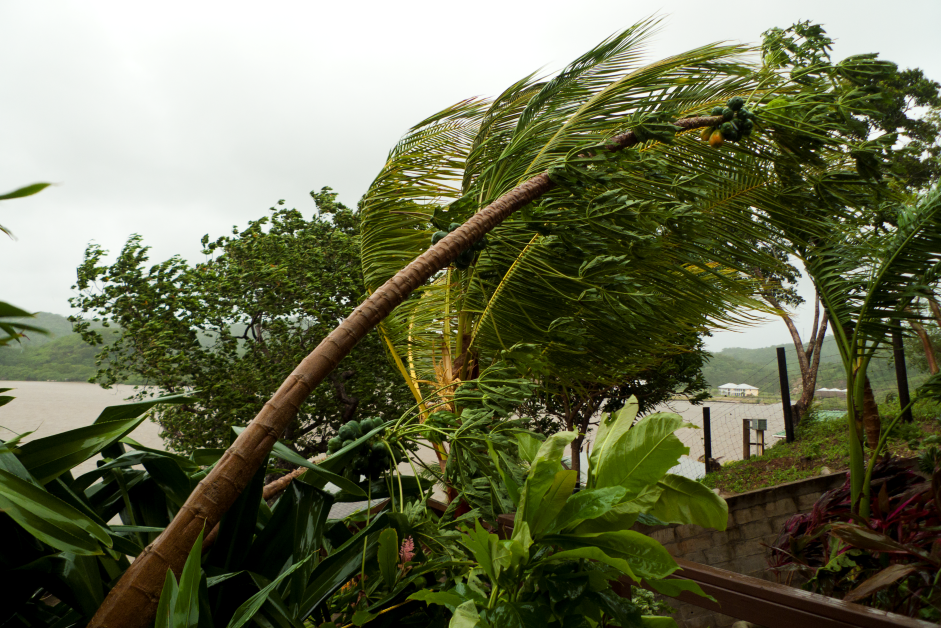
12. Remove Mulch
Your garden will be soggy after a hurricane. Keep your mulch down before the storm to help keep your soil in place, but remove it after the storm passes. This will help your soil and plants dry out quicker, lessening the chance of root rot. After your soil is dry, lay down fresh mulch instead of reusing the stuff that got boggy.
13. Be Realistic
I moved to Florida in 2014, so my first “real” hurricane was Irma in 2017. The eye of the storm passed right over my house shortly after 1 AM. When Irma hit my town, it was a category 2. I didn’t know what to expect, but I definitely didn’t expect the level of devastation I saw when I woke up the next morning.
Although I didn’t take the video below, it does paint an accurate picture of the damage my town endured caused by Irma’s march up Central Florida.
When it comes to protecting your garden before a hurricane, you need to be realistic. You’re probably going to lose a lot (if not all) of your plants. If all you lose is your garden, consider yourself lucky, and any plants that do weather the storm are a bonus.
Featured image photo credit: Kakela

